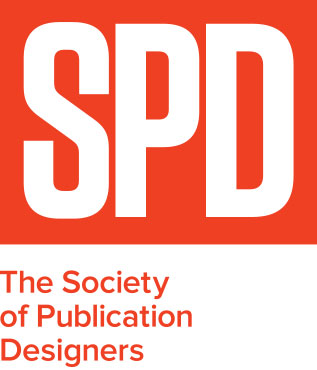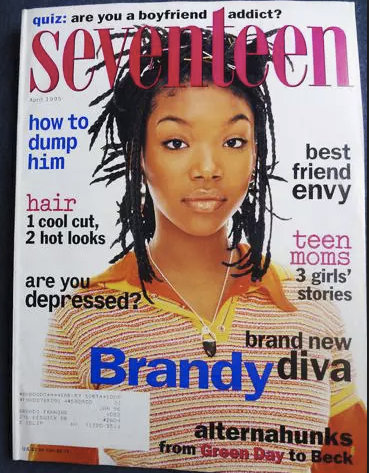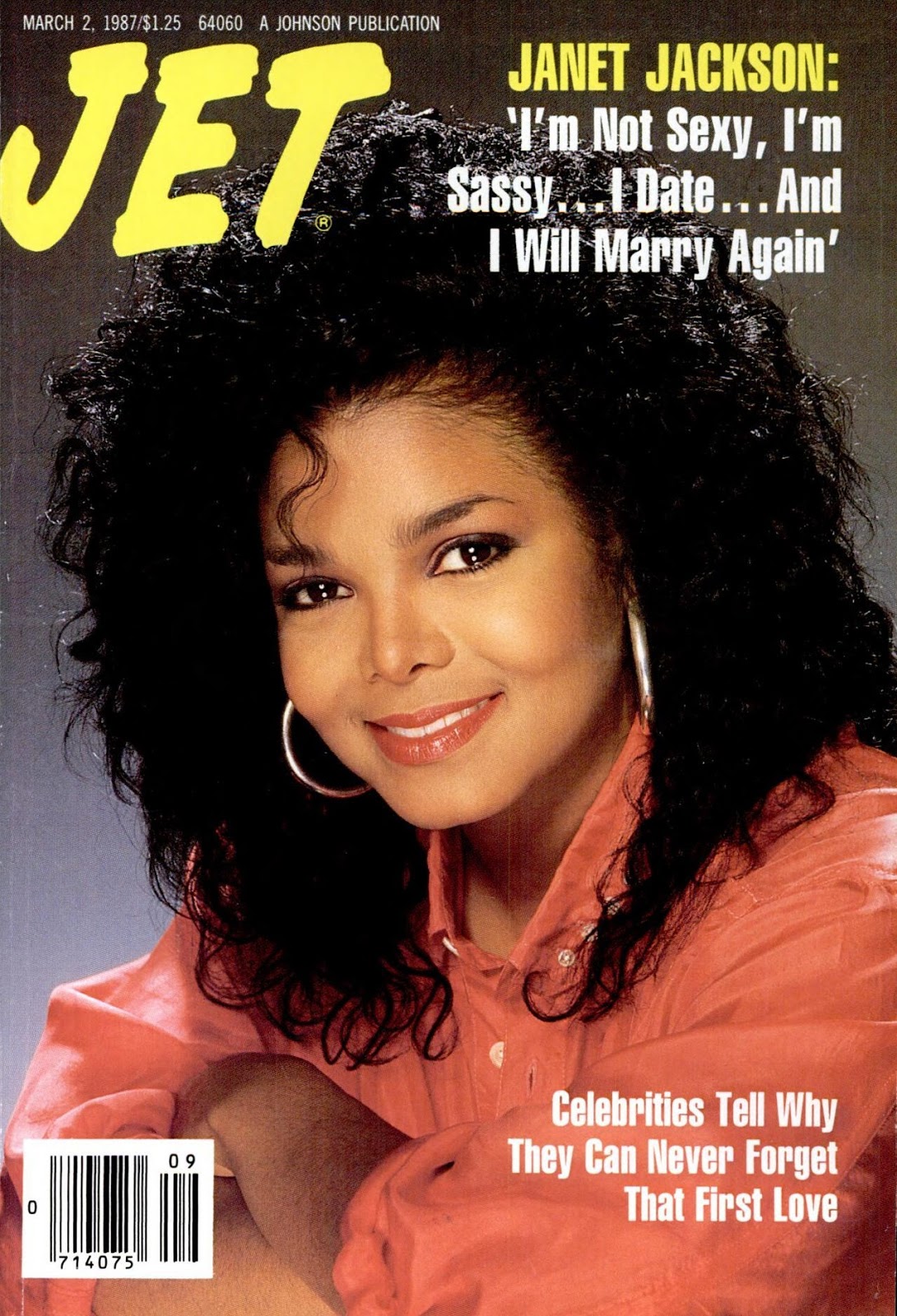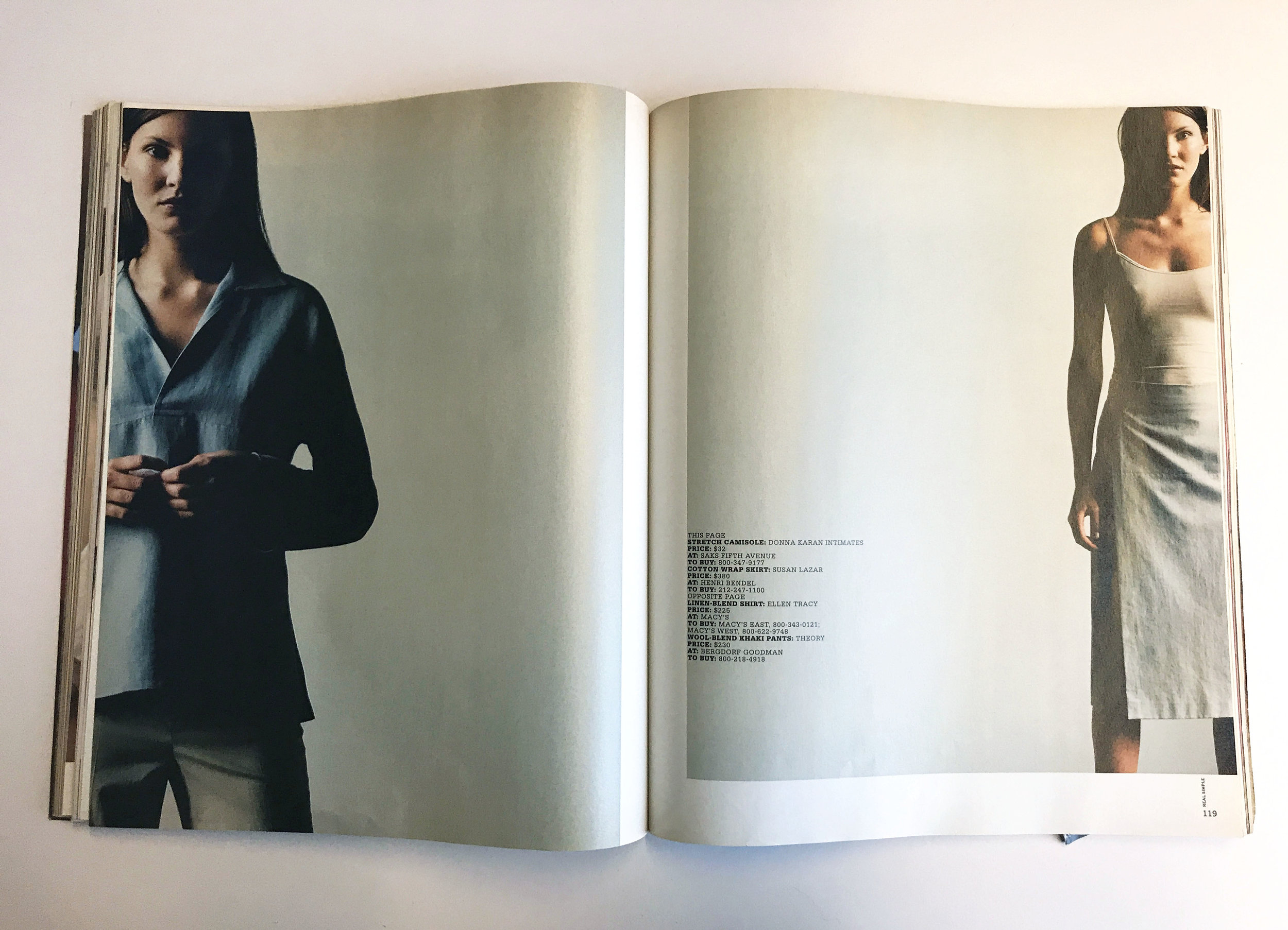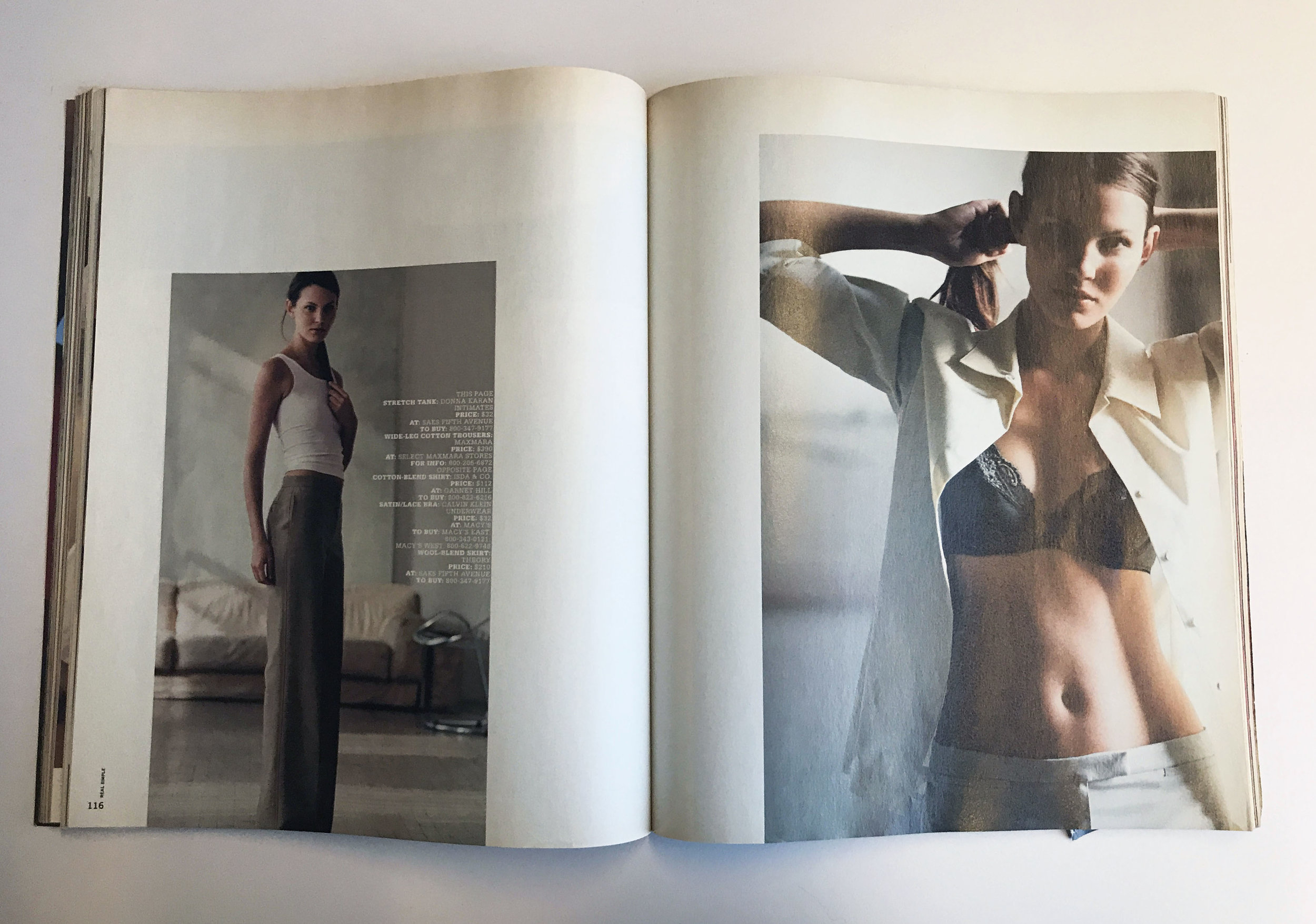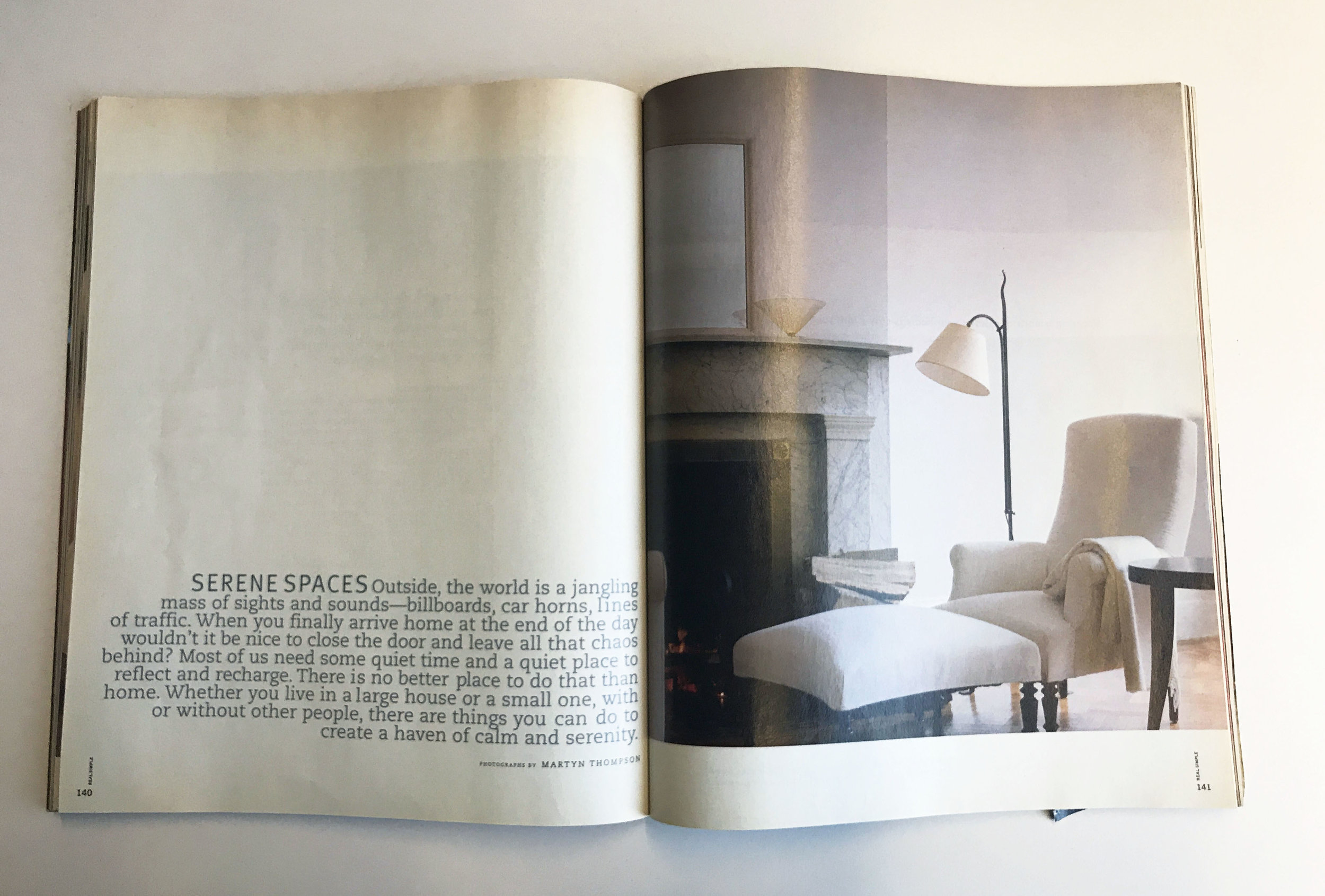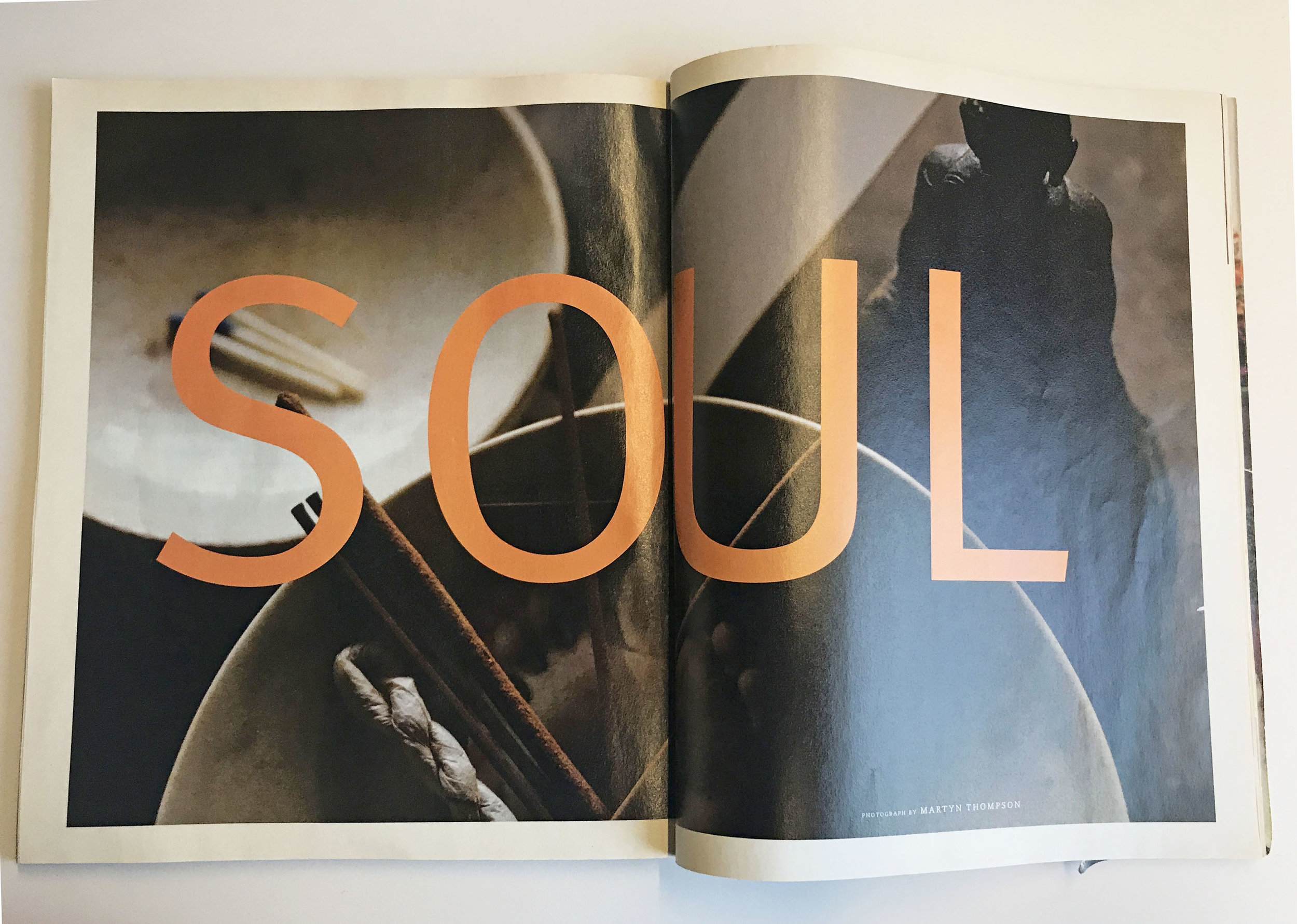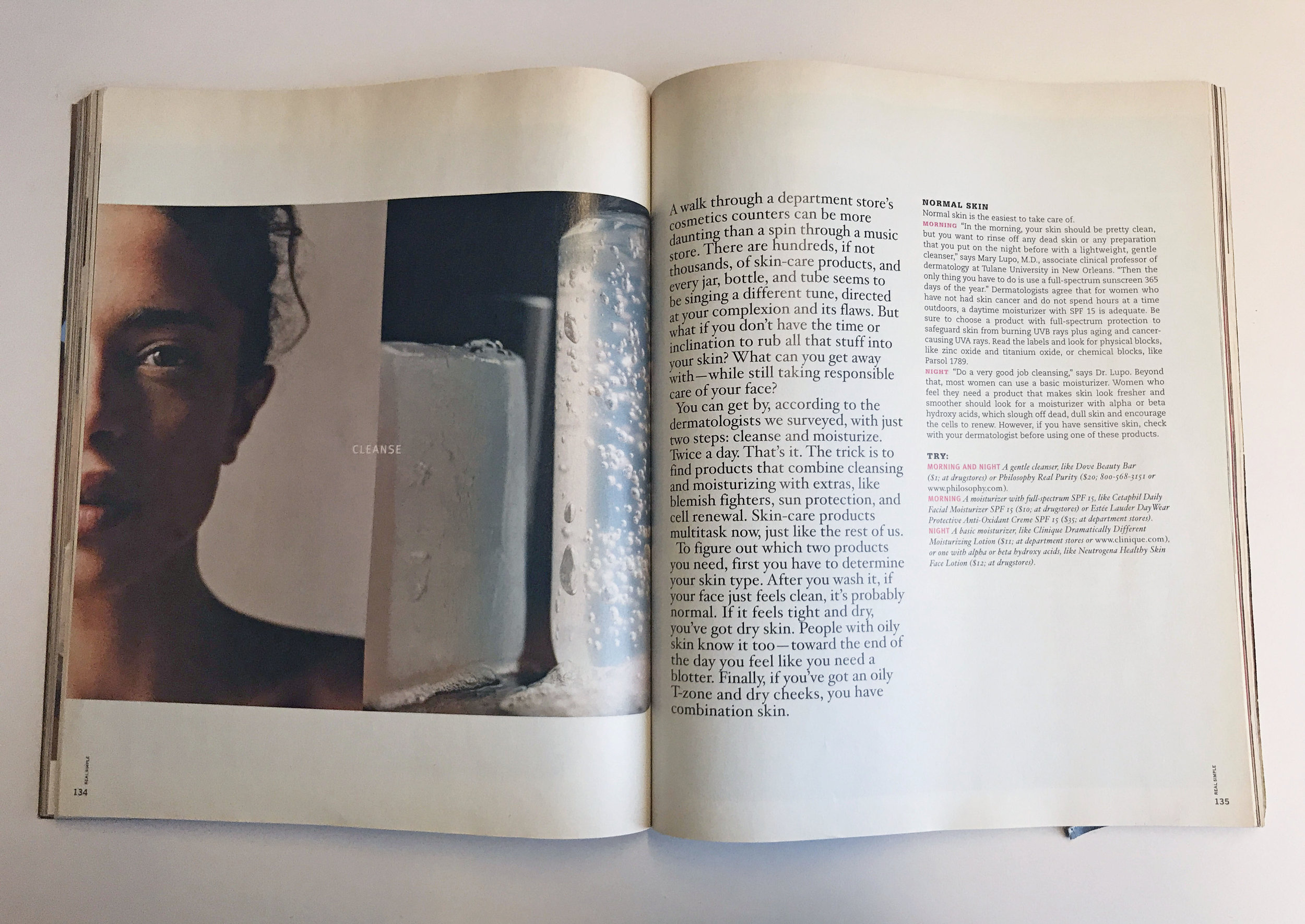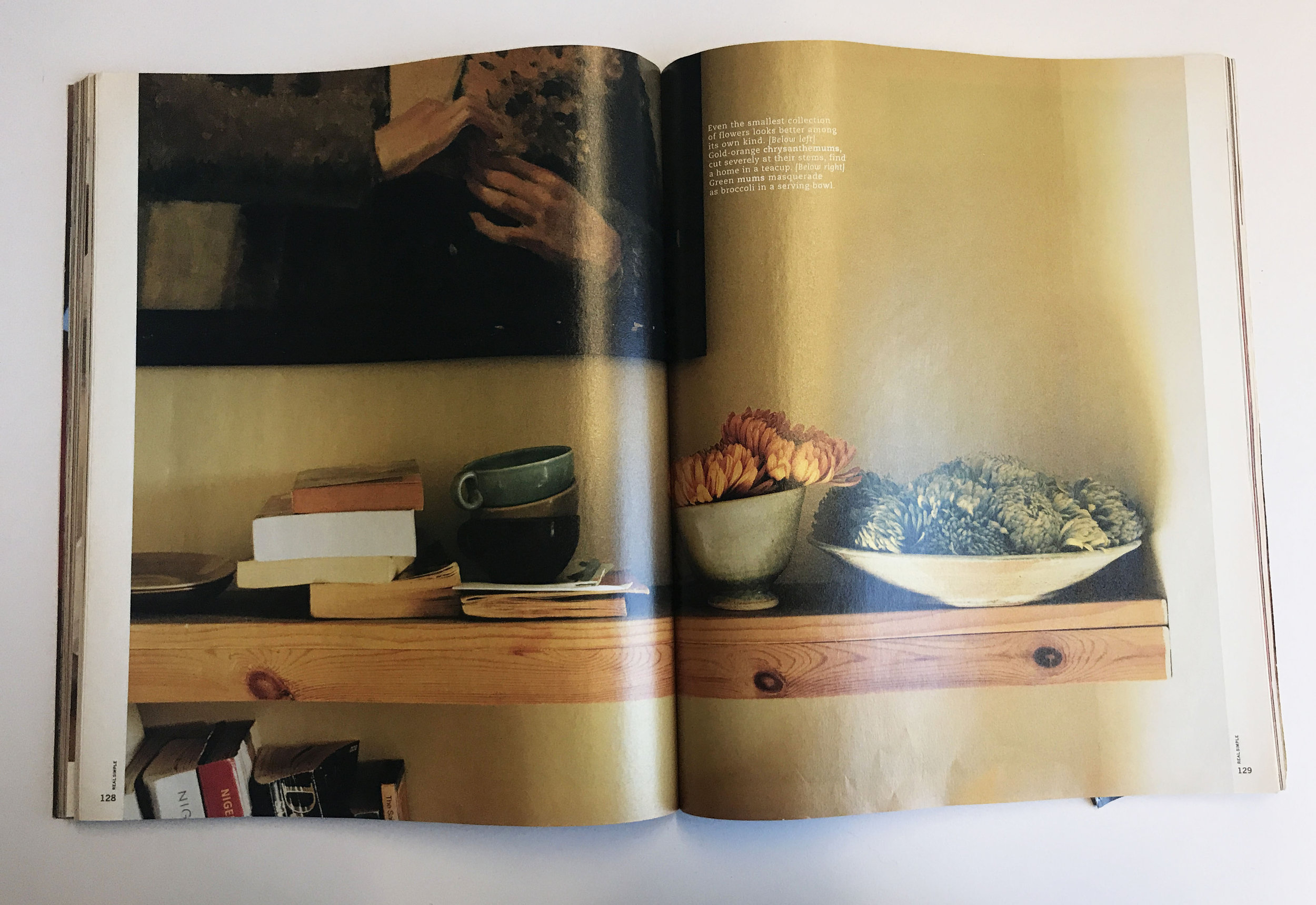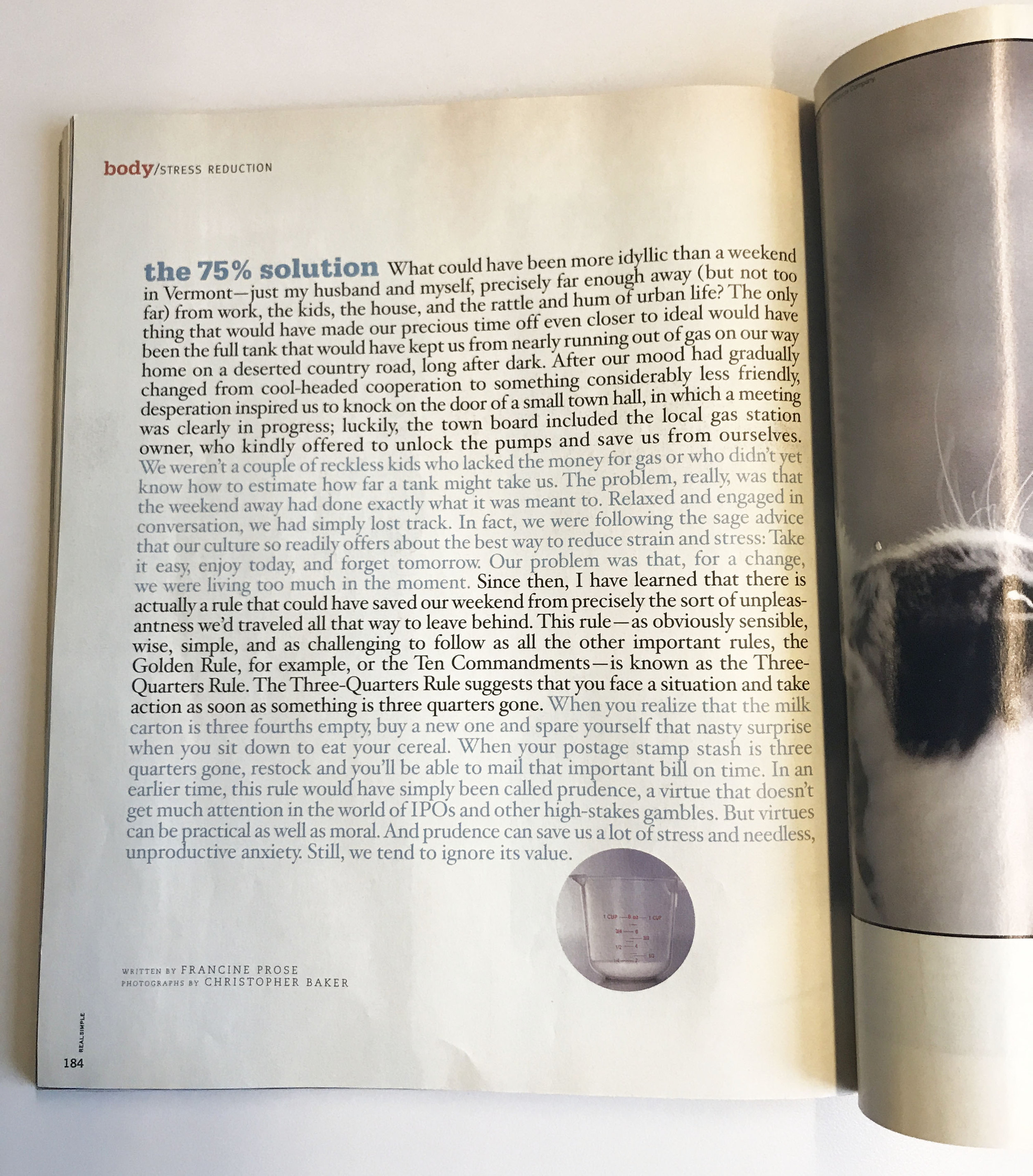Dawn Sinkowski, Photography Director at Martha Stewart
/SPD: What year?
Dawn Sinkowski: 1999
SPD: What were you up to?
DS: I was in New York, living on 21st St & 10th Ave. This was my sophomore year at Parsons. I would've been working three jobs, hanging at Mona's and Max Fish and dragging myself to class on occasion.
SPD: What magazine?
DS: Nest
SPD: What was it that so enthralled you?
DS: I loved that this publication was wholly unconcerned with depicting sanity.
It was an unbridled celebration of eccentric living. The images and stories did not anesthetize their subject's aesthetics and did not pander to taste. It was decidedly not about decor. Each story was like peeking in the window of a crazy, fascinating character's home. There was commitment on every page. I love the energy in the pages and how it didn't try to appeal to everyone. In a way, I think it would be right at home with the niche journals being published today. I have to mention the physical, printed object of it: die cut pages, abnormal, irregular shapes that would never fit into pockets. Luscious thick issues with scant ads to be found. The whole venture was decadent and completely over the top.
SPD: Do you know now who the creatives were?
DS: Joseph Holtzman drove the bus, he was the founder, EIC and art director. Contributing editors included Simon Doonan, Todd Oldham, Catherine Opie, Martin Parr, Richard Tuttle and DJ Spooky, to name a few.
SPD: How does that inform your creative now?
DS: Wow. Well, Nest sets a high bar. It feels like part of the philosophy was to work with dynamic, talented people and get out of their way- to give creatives enough space to create. I strive for that when commissioning work.
